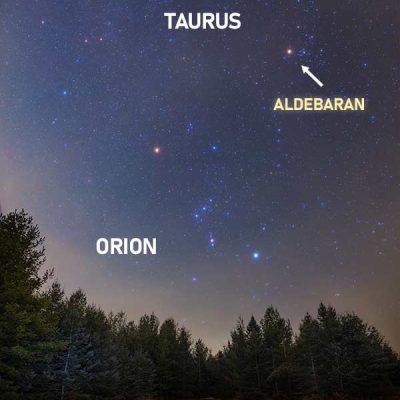For the first time ever, scientists have seen the light from behind a black hole.
Black holes are regions in space-time where gravity’s pull is so powerful that not even light can escape its grasp. However, while light cannot escape a black hole, its extreme gravity warps space around it, which allows light to “echo,” bending around the back of the object. Thanks to this strange phenomenon, astronomers have, for the first time, observed the light from behind a black hole.
In a new study, researchers, led by Dan Wilkins, an astrophysicist at Stanford University in California, used the European Space Agency’s XMM-Newton and NASA’s NuSTAR space telescopes to observe the light from behind a black hole that’s 10 million times more massive than our sun and lies 800 million light-years away in the spiral galaxy I Zwicky 1, according to a statement from ESA.

The light “echo” was first predicted by Albert Einstein in his general theory of relativity, published in 1916.
This study began with the researchers’ desire to expand our understanding of black hole coronas, which are the source of the X-ray light that often radiates from the vicinity of these objects. . Bright flares of X-ray light are emitted by gas that falls into black holes from their accretion disks, the disks of dust and gas that surround and “feed” these objects.
The light “echo” was first predicted by Albert Einstein in his general theory of relativity, published in 1916.
This study began with the researchers’ desire to expand our understanding of black hole coronas, which are the source of the X-ray light that often radiates from the vicinity of these objects. . Bright flares of X-ray light are emitted by gas that falls into black holes from their accretion disks, the disks of dust and gas that surround and “feed” these objects.
Following this groundbreaking study, the team aims to create a 3D map of the black hole’s surroundings, according to the statement. They also hope to better understand black hole coronas and explore how the corona of a black hole is capable of producing these bright X-ray flares.




Recent Comments